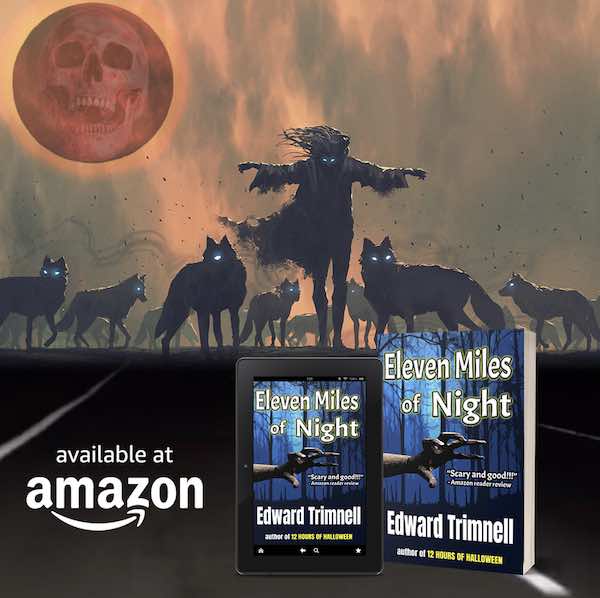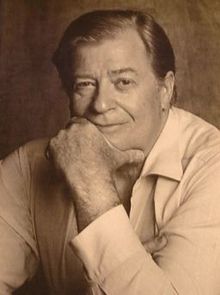In the fall of 1984, I was a junior in high school. I had a passion for the novels and short stories of Stephen King.
My high school English teacher, not so much. He was a devotee of two twentieth-century writers: Ernest Hemingway and F. Scott Fitzgerald. So I read a lot of Hemingway and a lot of Fitzgerald that year.
I was 16 years old, and really two young for either writer. Hemingway and Fitzgerald wrote about adult concerns, and concerns of what was already a long-ago, bygone era. As a teenager of the Reagan-era American suburbs, I had little interest in the social conventions of the Jazz Age, or the moody ramblings of World War I veterans.
As an adult, I’ve developed a new appreciation for both writers.
I’ve recently begun digging into The Short Stories of F. Scott Fitzgerald: A New Collection. This collection, edited by Matthew J. Bruccoli, contains all the Fitzgerald short stories I remember as a junior in high school: “Winter Dreams”, “A Diamond As Big As the Ritz”, “Babylon Revisited,” etc.—as well as many that my high school English teacher never assigned.
Fitzgerald wrote his short stories long. Not all of them can be read in a single sitting. Many of his short stories resemble compressed novels more than typical short stories, as they deal with events stretching out over many years, even decades.
Fitzgerald’s writing style is accessible to modern readers, but his subject matter is a hundred years removed from our time. It takes some effort to put oneself in the mindset of an adult living in 1925. (I am soon to turn 57 years old, and that is the era of my great-grandparents. The one great-grandparent I knew was born in 1895, one year before Fitzgerald.)
Still, there are some universal themes in Fitzgerald’s fiction. One of my favorite stories is the aforementioned “Winter Dreams”. This is the tale of a man who, between adolescence and early middle age, mistakenly projects all of his ideals onto a woman with whom he has a fleeting romantic relationship.
“Winter Dreams” is basically a story about the pedastalization of femininity. The theme is as relevant in 2025 as it was in 1922, when Fitzgerald wrote the story.
(Note: When I first read “Winter Dreams” in 1984, I “got” what Fitzgerald was trying to say. Some years would pass before I learned the real-life lesson.)
You might be hesitant to dive into a book of century-old stories. I would encourage you, though, to give Fitzgerald a try. Many of his tales, like The Great Gatsby and “The Curious Case of Benjamin Button”, have been adapted for film in the modern era.
There is a reason why Fitzgerald endures, when so many other writers have fallen by the wayside. Fitzgerald was a skilled and insightful storyteller.
-ET



















